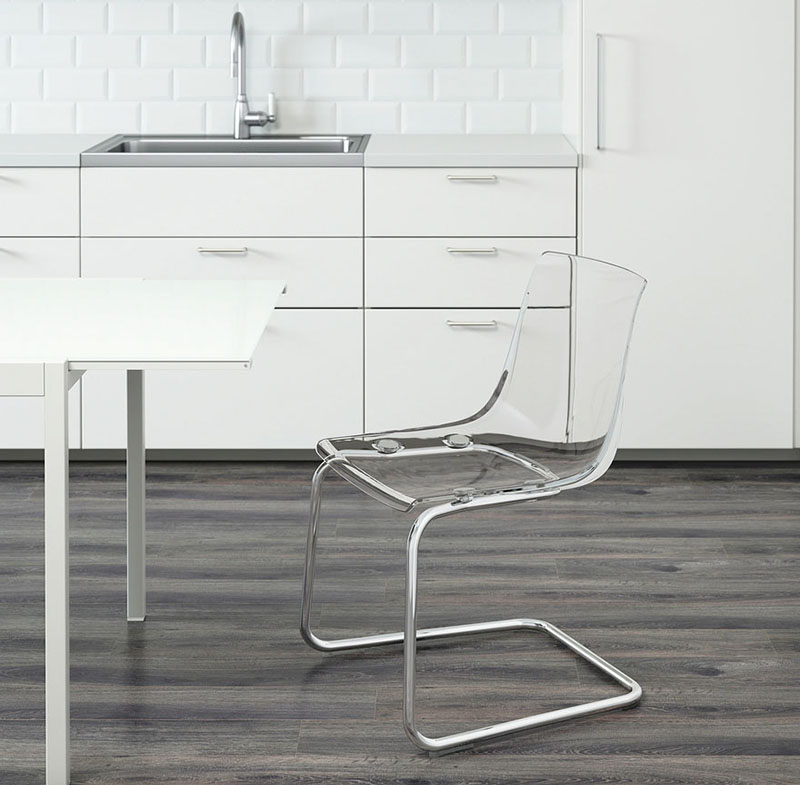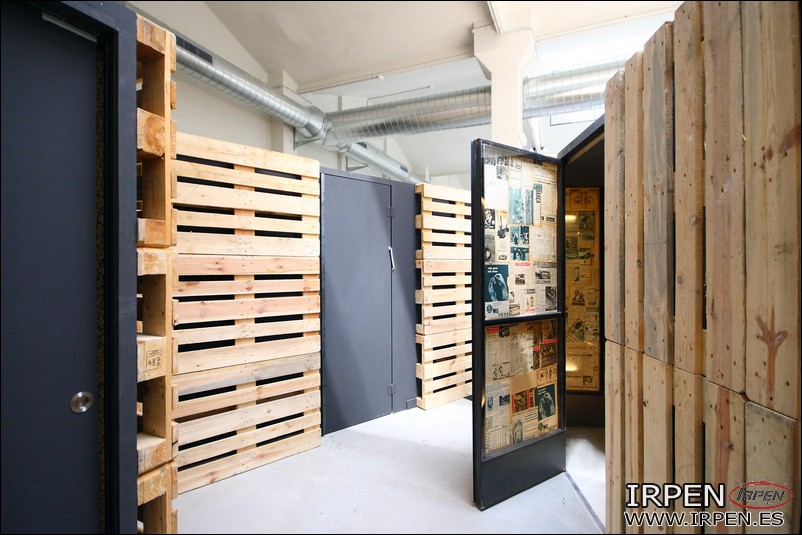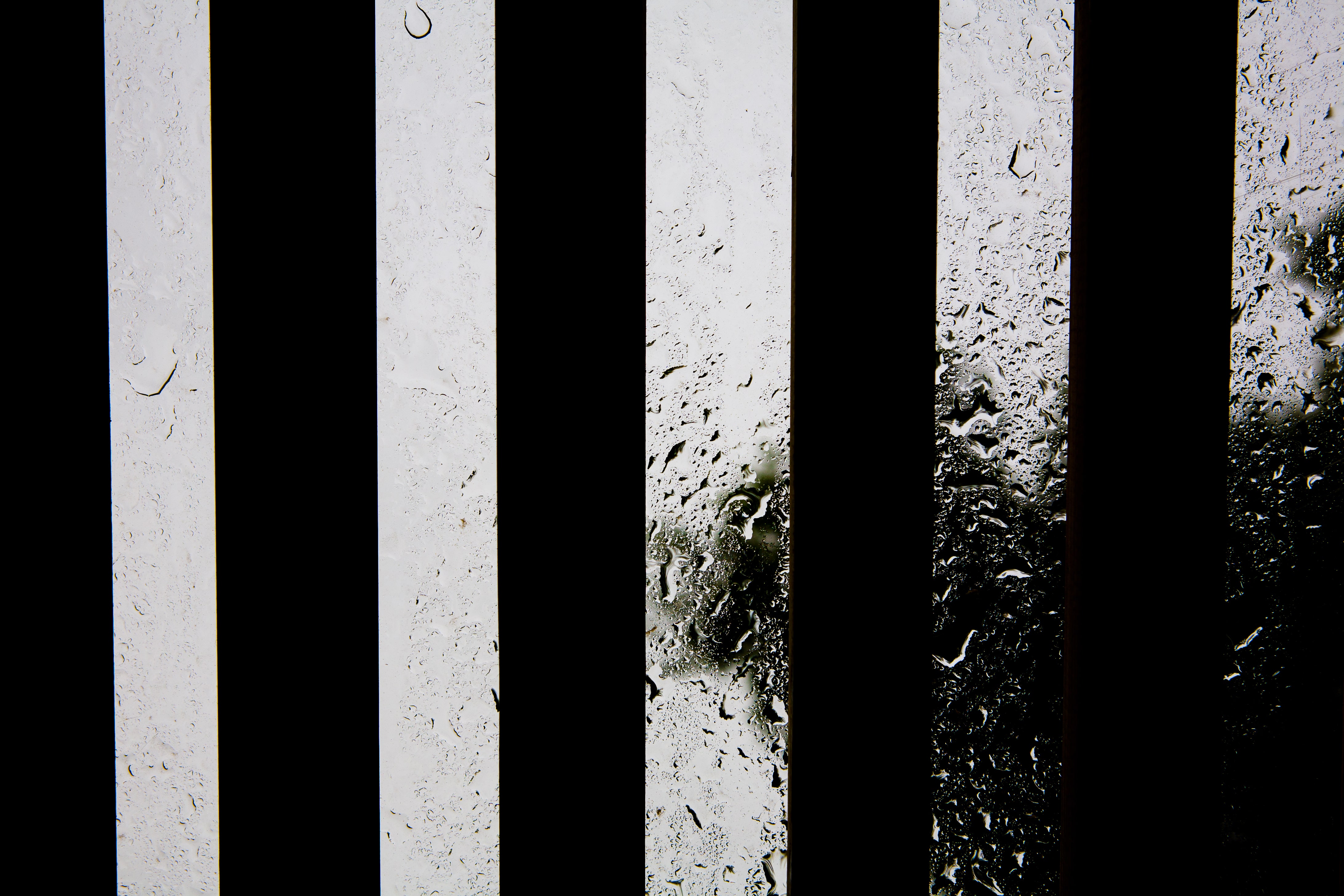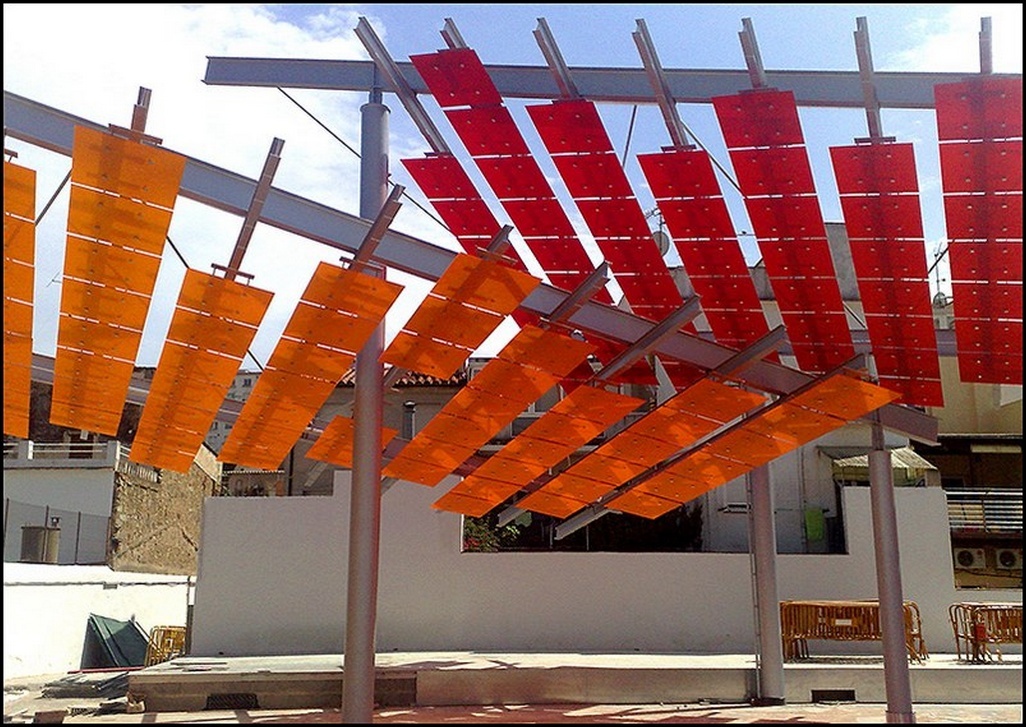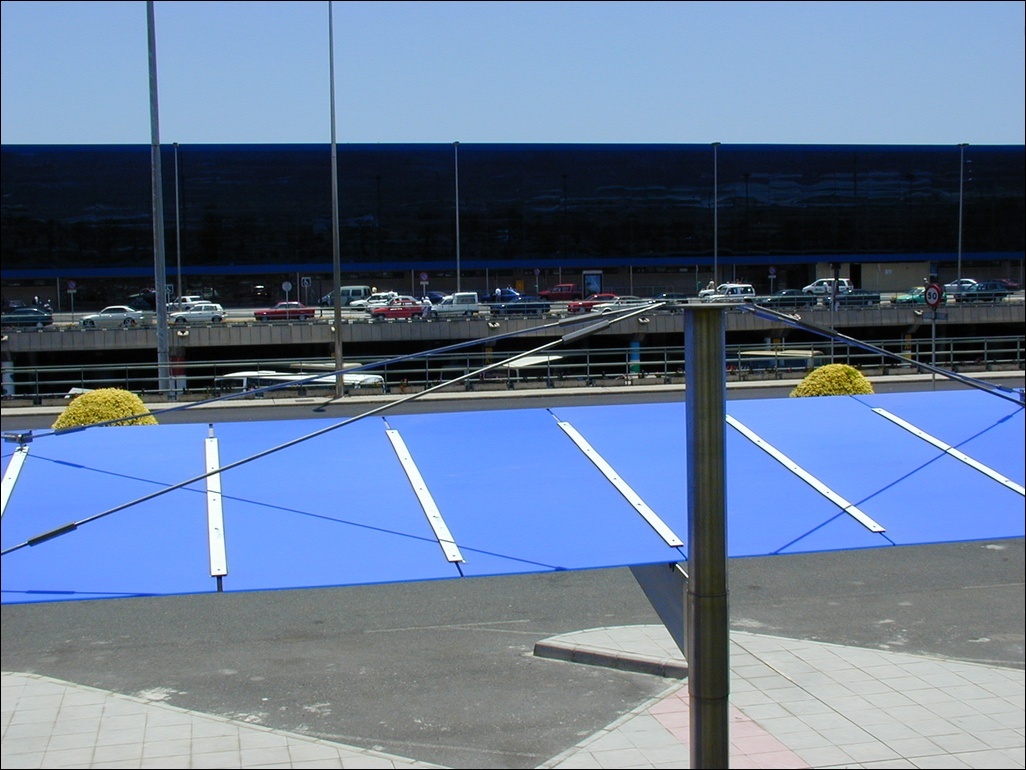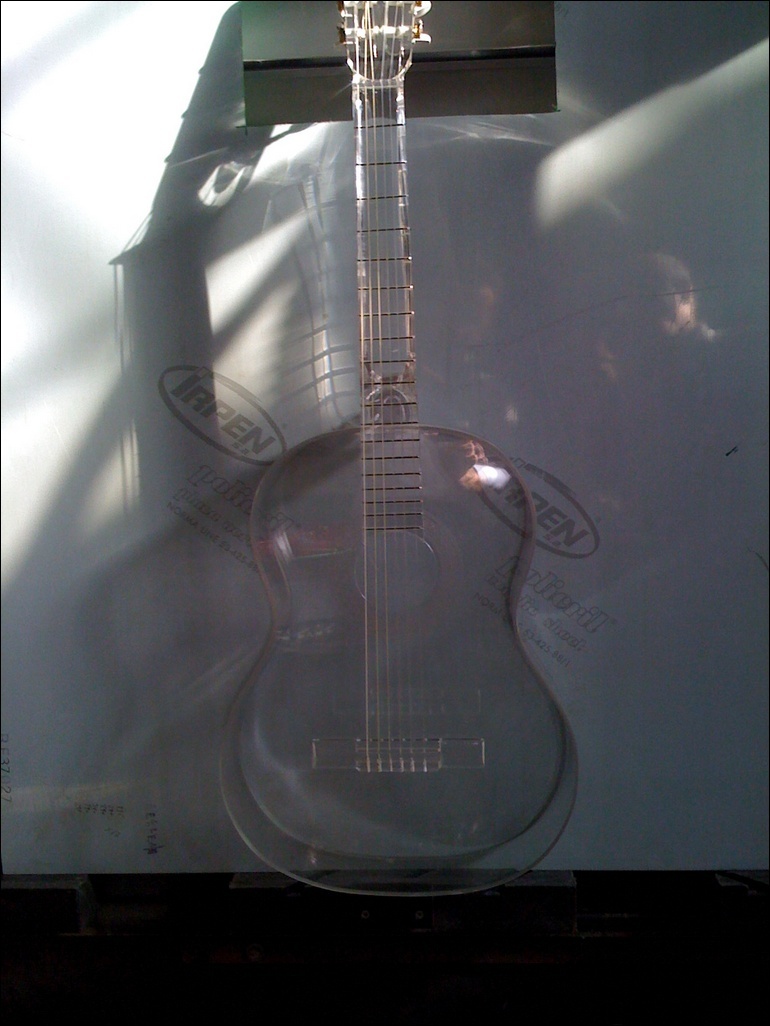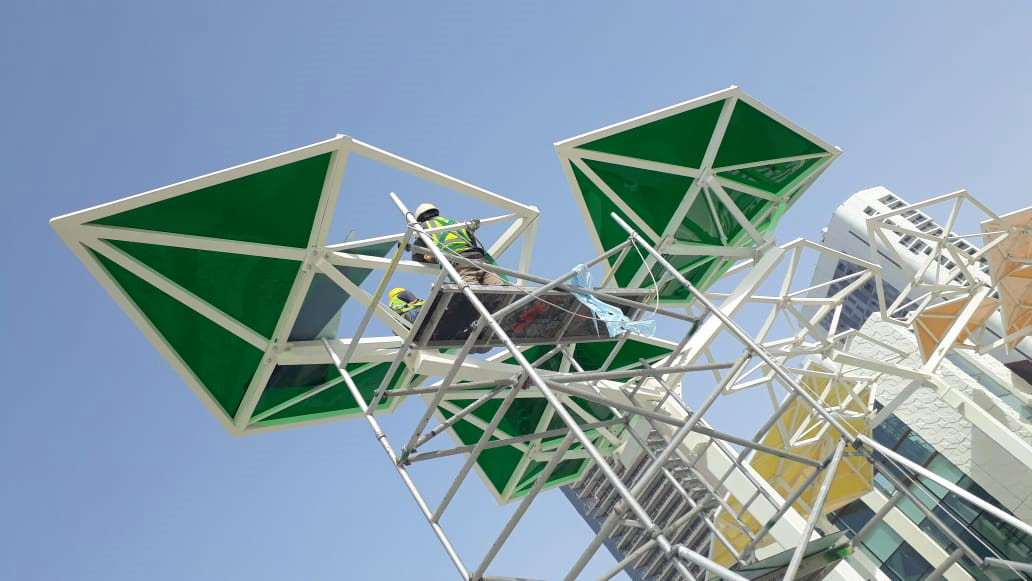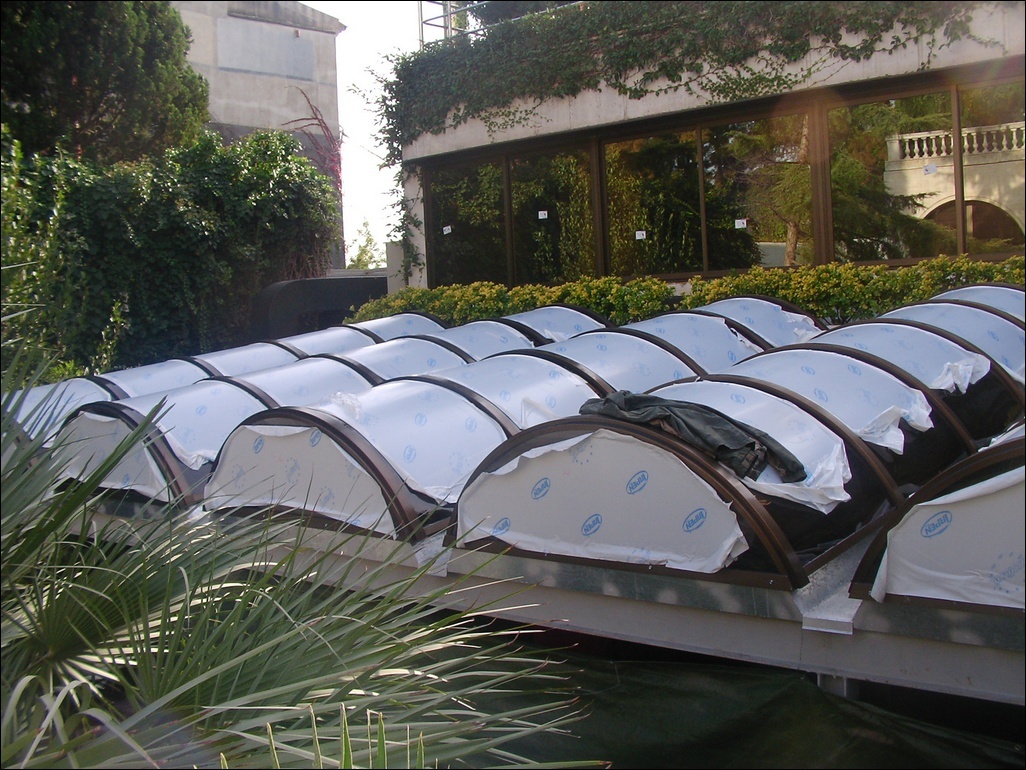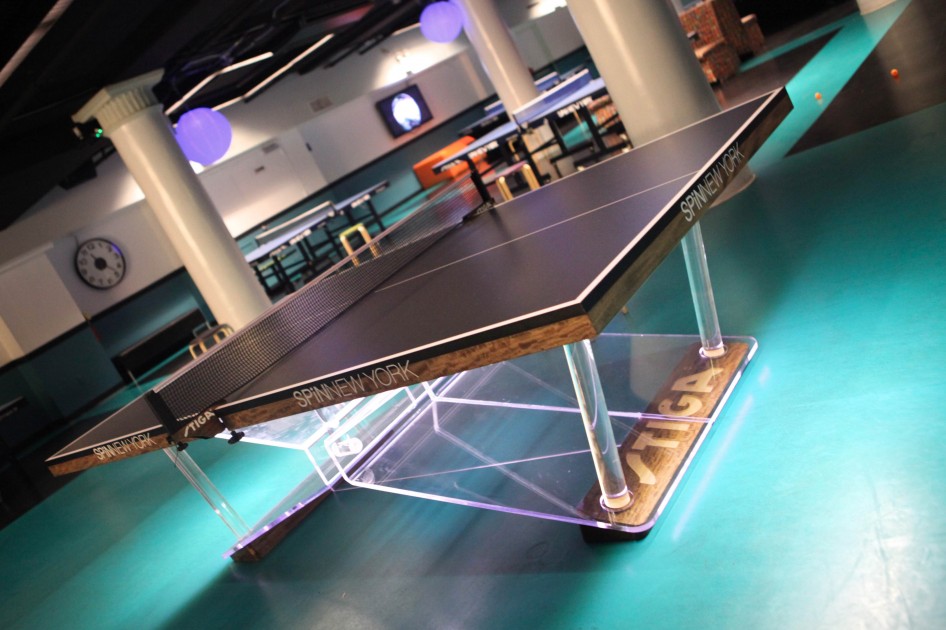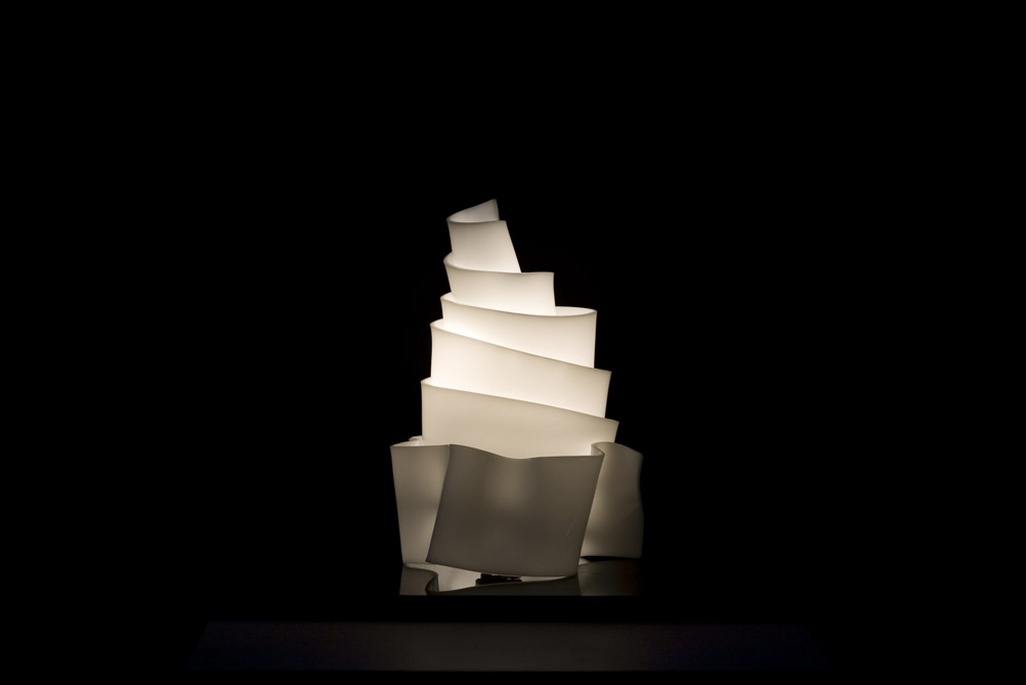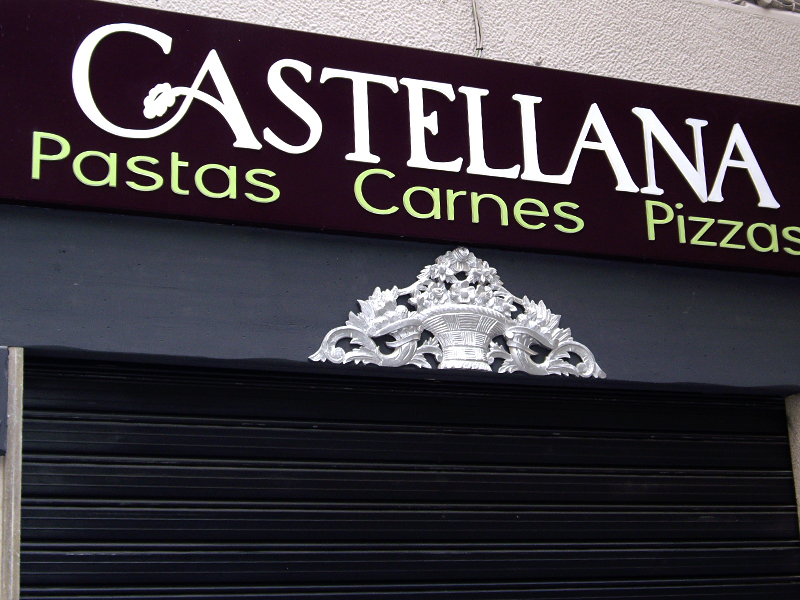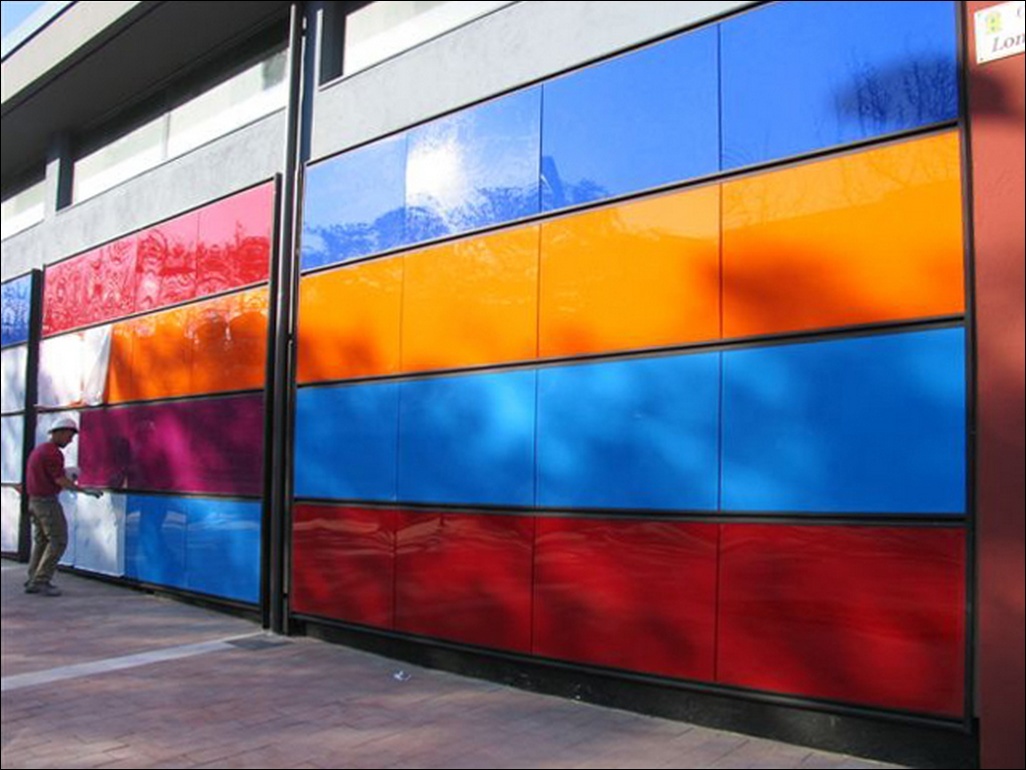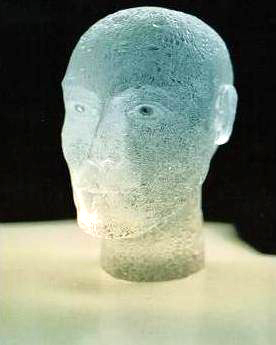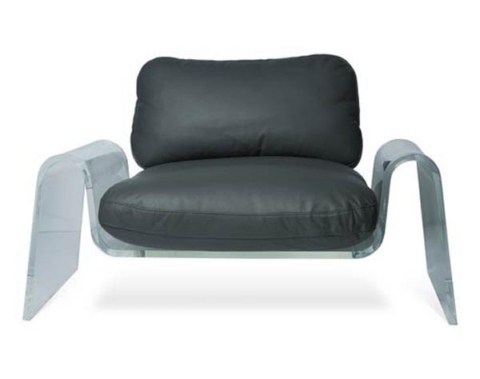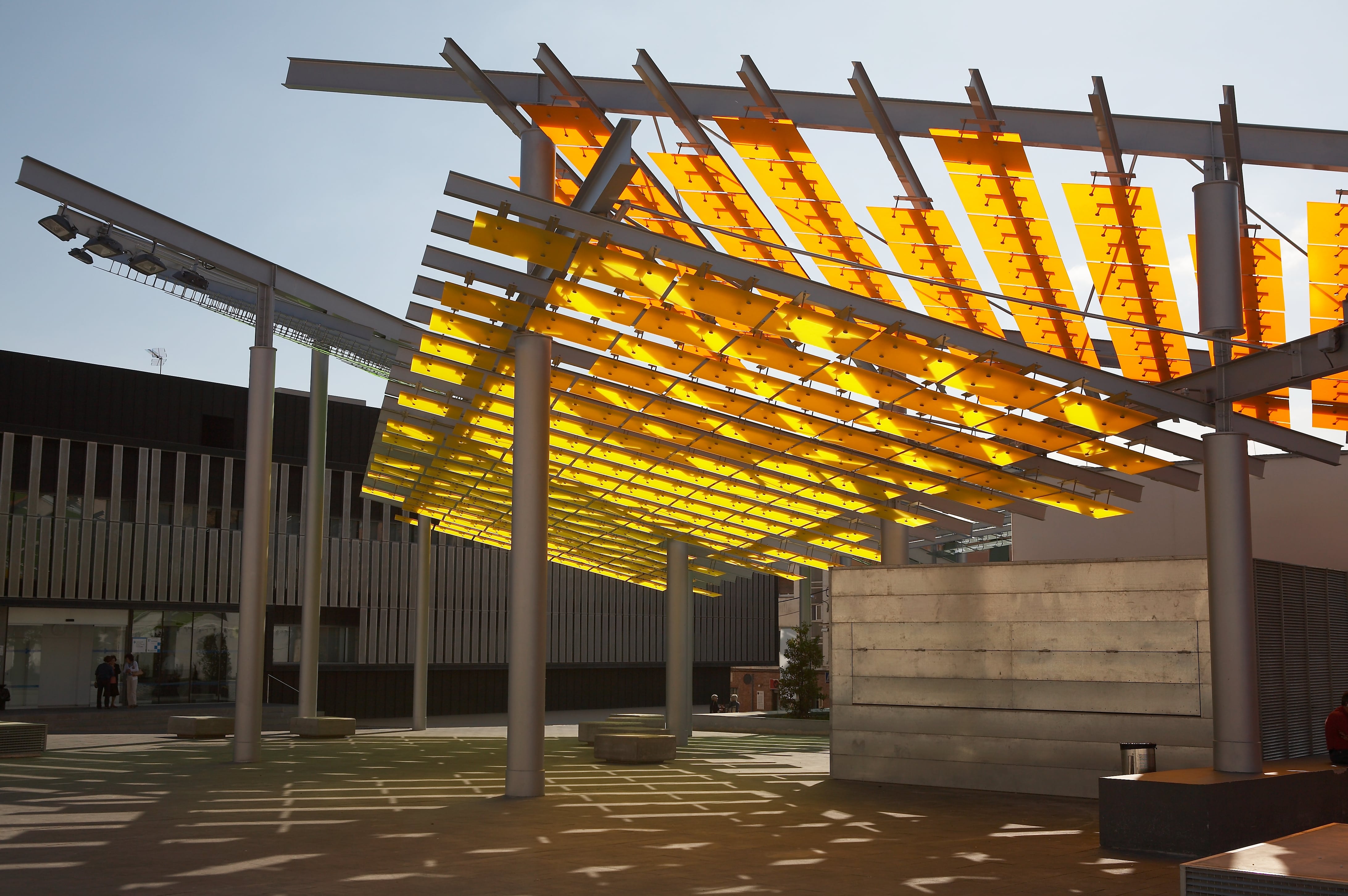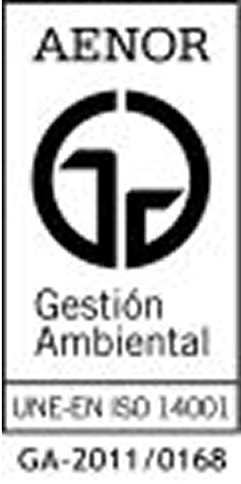Cast / Extruded Acrylic
Technical recommendations for cutting, bending and bonding PMMA

With our Policril, all types of plastic-based objects are usually manufactured, so to achieve the desired shape or finish, handling work such as cutting, folding or gluing usually has to be carried out.
In order to achieve the best possible result, it is advisable to take into account the properties and characteristics of the Polycyril to be used (either casting or extrusion). Because depending on the machining processes required to manufacture the final part, additional steps must be taken to achieve an optimal result.
General differences PMMA cast/extrusion.
It is important to remember when machining PMMA that the behavior of a casting plate will be different from that of an extrusion plate, so we must bear in mind some considerations.
The average molar mass of our Polycyril PO01 (cast PMMA) is much greater than that of our Polycyril 11 (PMMA extrusion), resulting in much longer molecular chains. This difference is reflected in:
- The PO01 Polycyril plate has greater thermal stability and better resistance to cracking when exposed to solvents.
- Its thermoforming range is wider. What is not possible with extruded plates can be reworked hot.
- Our Polycyril PO11 has a much lower viscosity when hot, making it a more ductile material. Therefore, it is more suitable for use for more intricate shapes during complex shaping.
This information will allow us to achieve the best performance of the material chosen for the work, and thus obtain the best results from it.
Mechanization guidelines
Next, we will present you with a brief compilation of recommendations on mechanization that may be useful depending on the work to be done.
General Recommendations
In general, our Polycyril plates can be machined with most tools used for metals.
There are differences between the behavior of metals and plastics, so certain precautions must be taken, below, we list some:
- Thermoplastics are characterized by having a high coefficient of thermal expansion. When plastics are cut, the saw blade can get stuck or unwanted dimensions can be obtained when drilling.
- Plastics are sensitive to nicks and cracks. Machined cuts must be smooth to maintain the mechanical strength of the plastic.
- Plastics are less resistant than metals, so they require less power to be machined.
- The cutting tools must be properly sharpened, as well as being hard, resistant to wear and with a greater cutting margin than those used for metal.
- High-speed or carbon-tipped tools are efficient in the long term as well as offering precision and uniformity of finish.
cutaway
Circular, band and jigsaw cutting
Circular, band and jigsaw saws are suitable for working with PMMA. It is recommended that:
- The tools are new and well sharpened.
- Cool the saw blade in case of cutting at very high speed and frequency. For this purpose, compressed air, spray water or a cooling emulsion can be used.
- Have an effective system for removing chips and chips generated by the tool blade.
- If circular saws are used, blades with sharp edges and tungsten carbide tips are suitable.
- The cutting finish of the jigsaw and band saw is usually rough and of low quality, and that of the circular saw provides a straight and precise cut, making it the most commonly used.
- To reduce the risk of cracking due to stress release, it is recommended that components be tempered at a temperature that will vary depending on whether PMMA is cast or extruded.
Laser cutting
Cast PMMA plates can be easily cut with a CO2 laser. Indicate that:
- Depending on the type, thickness and finish of the surface, the appearance of the edges after cutting will be shiny.
- The final appearance of the edge will depend on a good balance between power and speed.
- Excessive power will burn the material.
- Excessive speed will scratch the edge due to the vibration of the laser.
- The edge after cutting certain opaque colors may become less bright due to the high pigment load.
- Changes in thickness in the material may cause the edges to not be completely straight.
- The high thermal load in the cut area generates internal tensions prone to creating cracks in the material when there is contact with corrosive substances (adhesives, aggressive cleaning products, etc.).
- Therefore, it is advisable not to use adhesives in combination with laser cutting.
- To reduce the risk of cracking due to stress release, it is recommended that components be tempered at a temperature that will vary depending on whether PMMA is cast or extruded.
Waterjet cutting
PMMA plates can be easily cut with this type of cut. Indicate that:
- The cutting speed depends on the thicknesses of the material to be cut and on the desired cutting quality.
- The finish of the edges after cutting is not shiny, the result is similar to an edge treated with sand.
- Cutting does not generate internal tensions in the material, so contact with solvents is suitable (adhesives compatible with PMMA are included).
Hot Folded
The hot bending technique comprises different phases: heating, folding and fixing until the plates have cooled down. The following aspects must be taken into account:
- The heating time will vary depending on the equipment and the thickness of the part, and may be high in cases of thick parts.
- The radius of curvature must be twice the thickness of the material in order to avoid wrinkles and tensions.
- The heating width should be at least 3 to 5 times greater than the thickness of the plate.
- Heating zones that are too small will cause excessive elongation and tension in the folded area and, as a result, will affect its visual appearance.
- Large heating widths allow large bending radii to be produced.
- A low bending temperature generates internal tensions, resulting in a part with fragile behavior.
- Excessive folding temperature can cause bubbles to form in the crease area.
Accession
Gluing consists of creating a PMMA joint between the parts that are assembled.
The glues are either a solution of PMMA in a solvent, most of which evaporates during curing, or polymerization in situ to form PMMA. In either case, the first step is to apply either the glues based on volatile solvents, or the monomer solvent to polymerize glues, to the two sides to be joined. It should be noted that:
- The faces to be joined must be cleaned before they are attached (warm water+detergent). On surfaces with a lot of grease or oil, it can be washed with hexane or petroleum ether.
- Prior to gluing, annealing heat treatment must be applied to alleviate the internal tensions left by machining (especially if metal cutting or laser cutting tools are used) or forming.
To reduce the risk of potential stress cracking due to reaction with the solvent adhesive.
- It is advisable, once the glue has dried and hardened at room temperature, to carry out another heat treatment for 2 to 5 hours at about 60°C, to improve the quality of the joint.
Tempered
An annealing process that relieves internal tensions in machined or shaped PMMA parts, tempering is especially recommended as a final step in the production process or before any process such as gluing. Indicate that:
- This process would be essential for extrusion plates to alleviate internal tensions, whenever they have to be machined or shaped. Because, internal tensions can cause cracks in the part.
- When shaped or machined under inadequate conditions, it is recommended that they be tempered in air circulation ovens before coming into contact with solvents, paints or adhesives.
- The tempering time and the annealing temperature will vary depending on the nature of the part and whether we are talking about cast or extruded PMMA.
As a guideline, we will be guided by the following values, although the recommendation is that it be tested first.
For flat parts
Policril PO01 (cast PMMA) Temperature: 85ºC
Polycyril PO11 (PMMA extrusion) Temperature: 75ºC
Annealing time (hours) = 2 + [0.225 x thickness (mm)].
For shaped parts
Policril PO01 (cast PMMA) Temperature: 75ºC
Polycyril PO11 (PMMA extrusion) Temperature: 65ºC
Annealing time (hours) = 4 + [0.45 x thickness (mm)].
- It is important to allow the parts to cool naturally in the oven to avoid new stresses due to thermal shock.

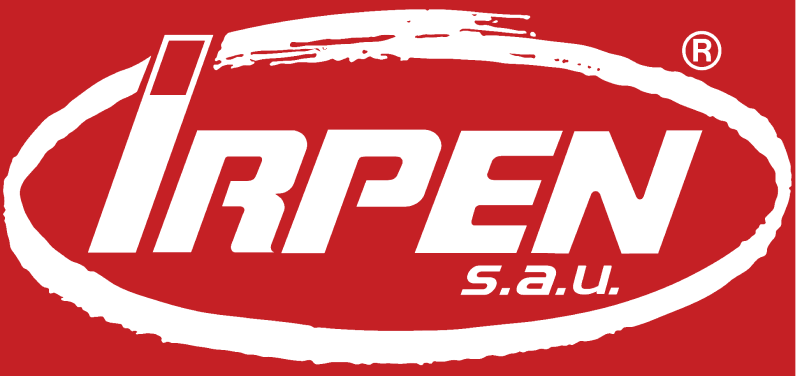





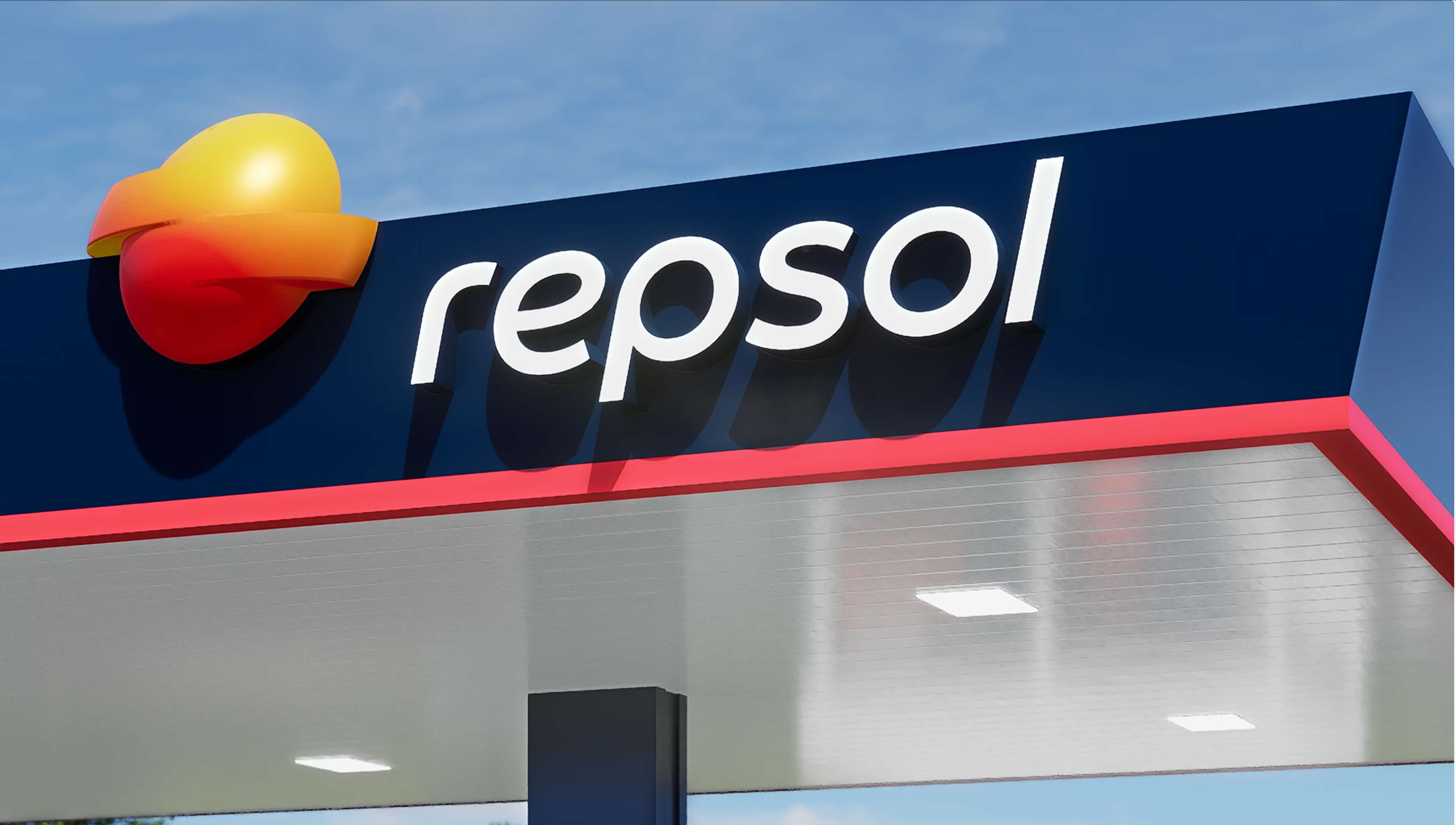

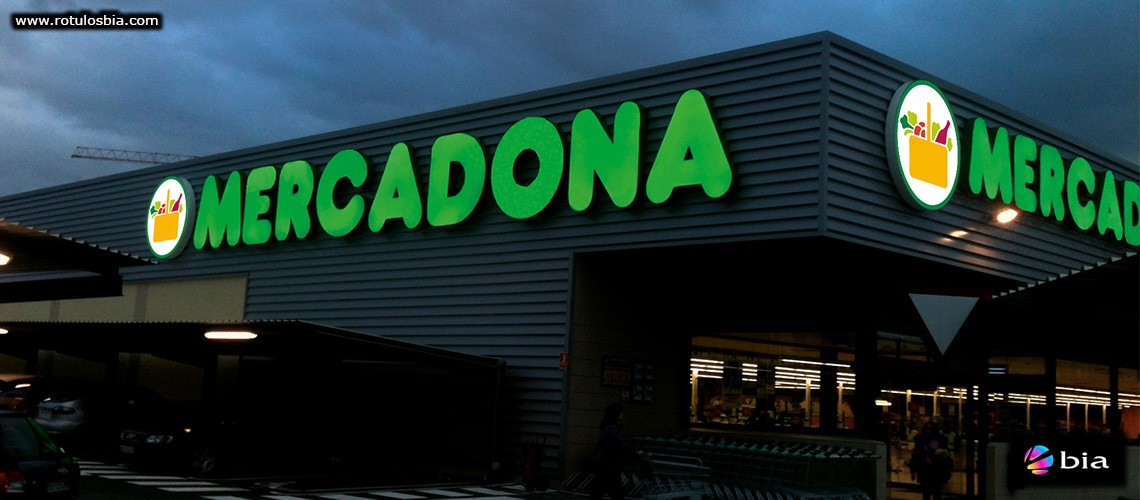

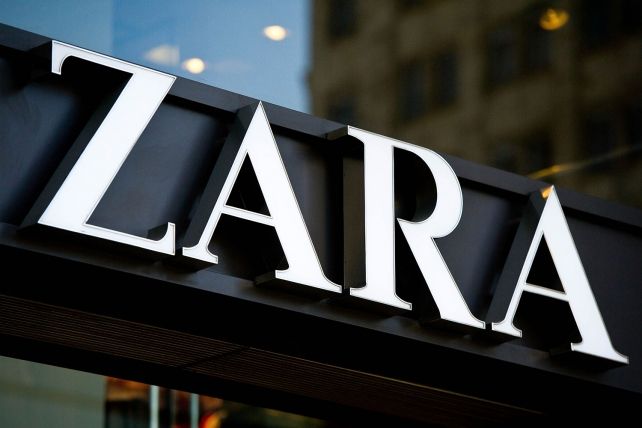
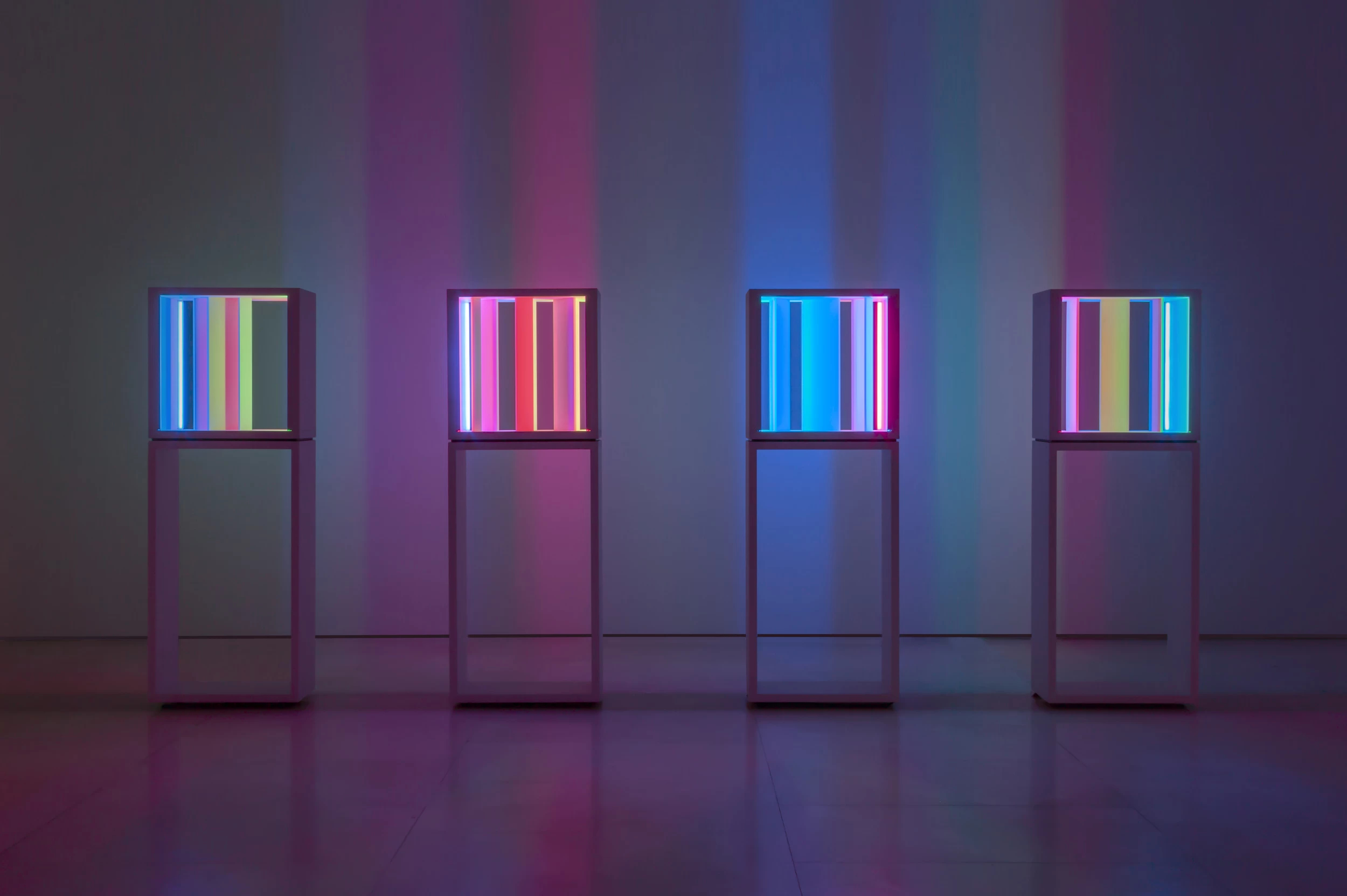

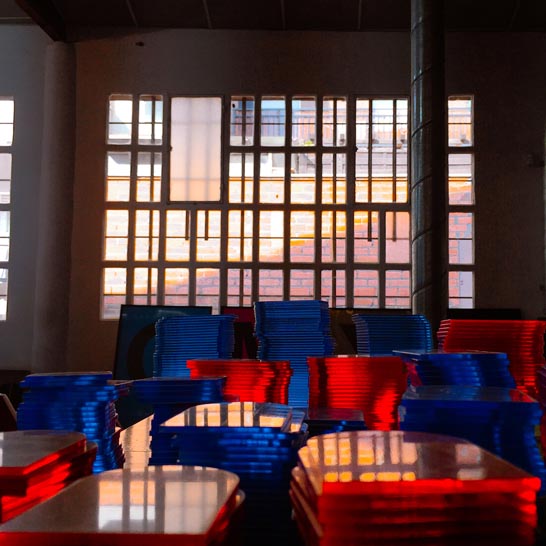
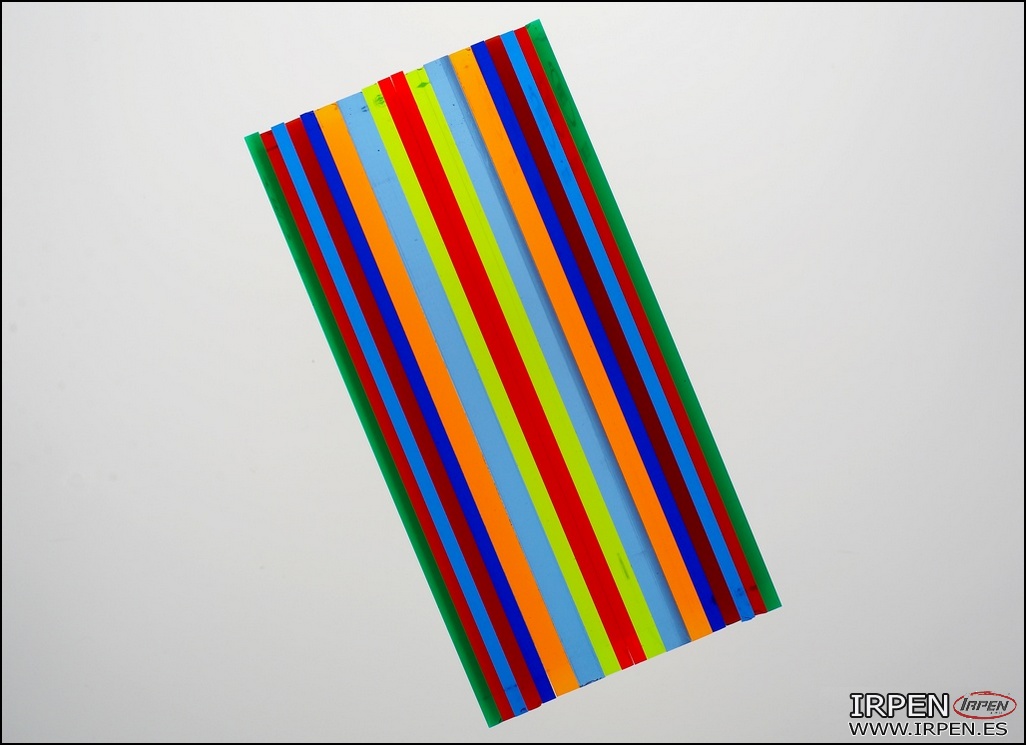
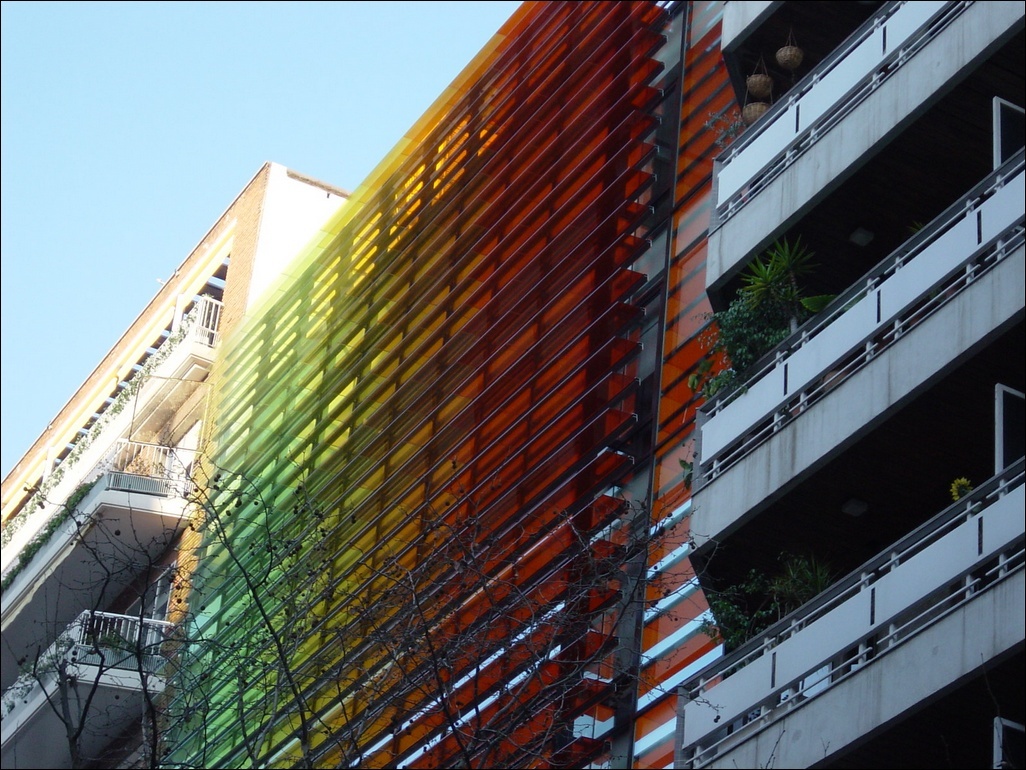
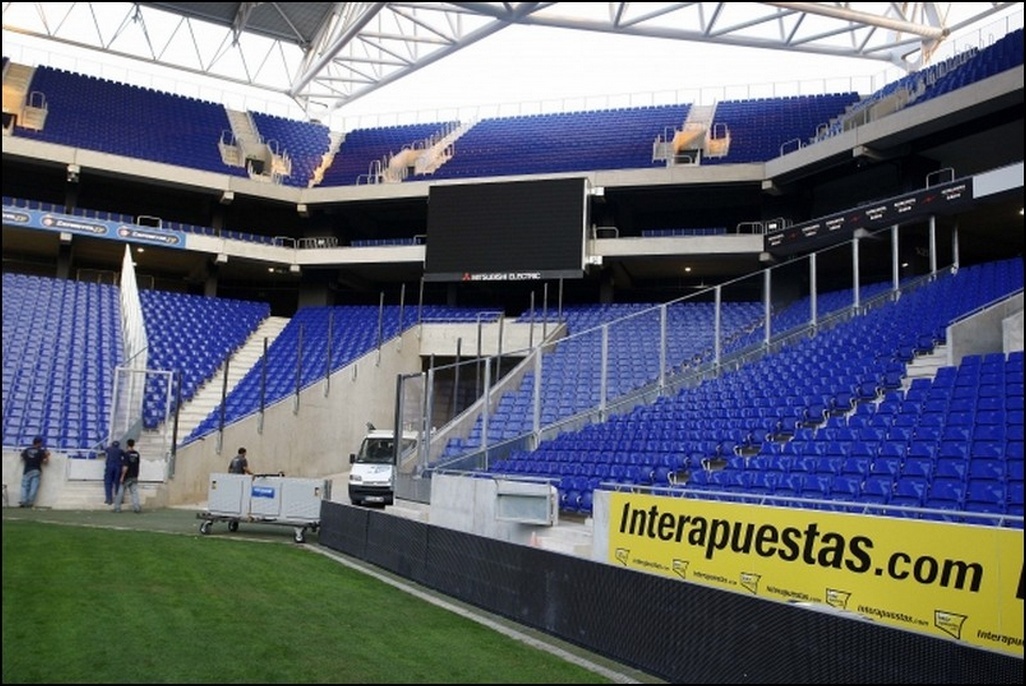
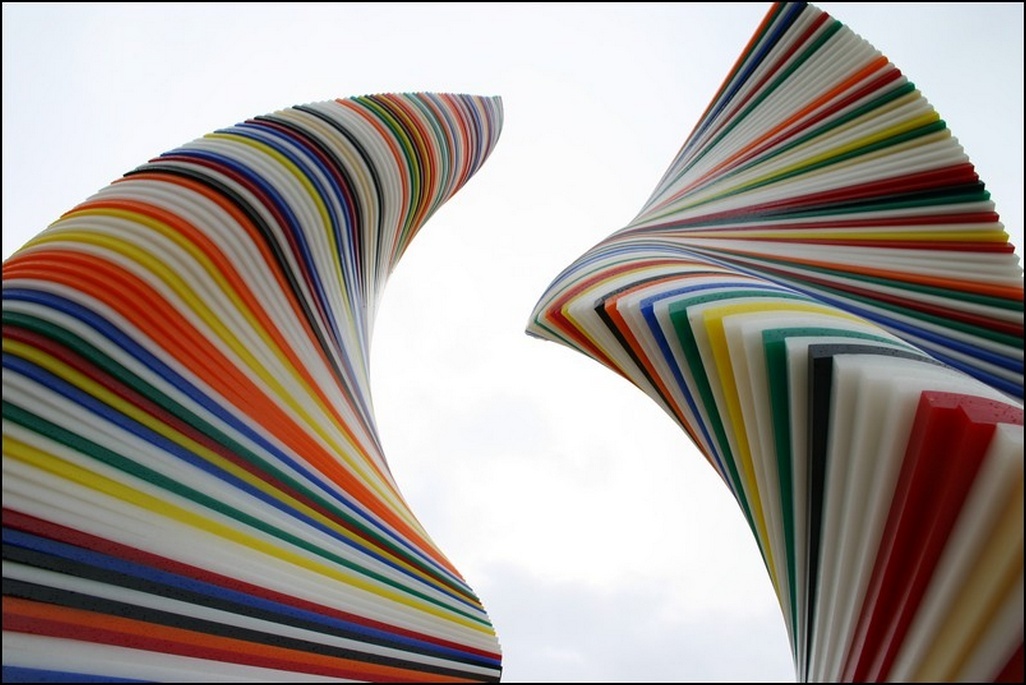
.jpg)

